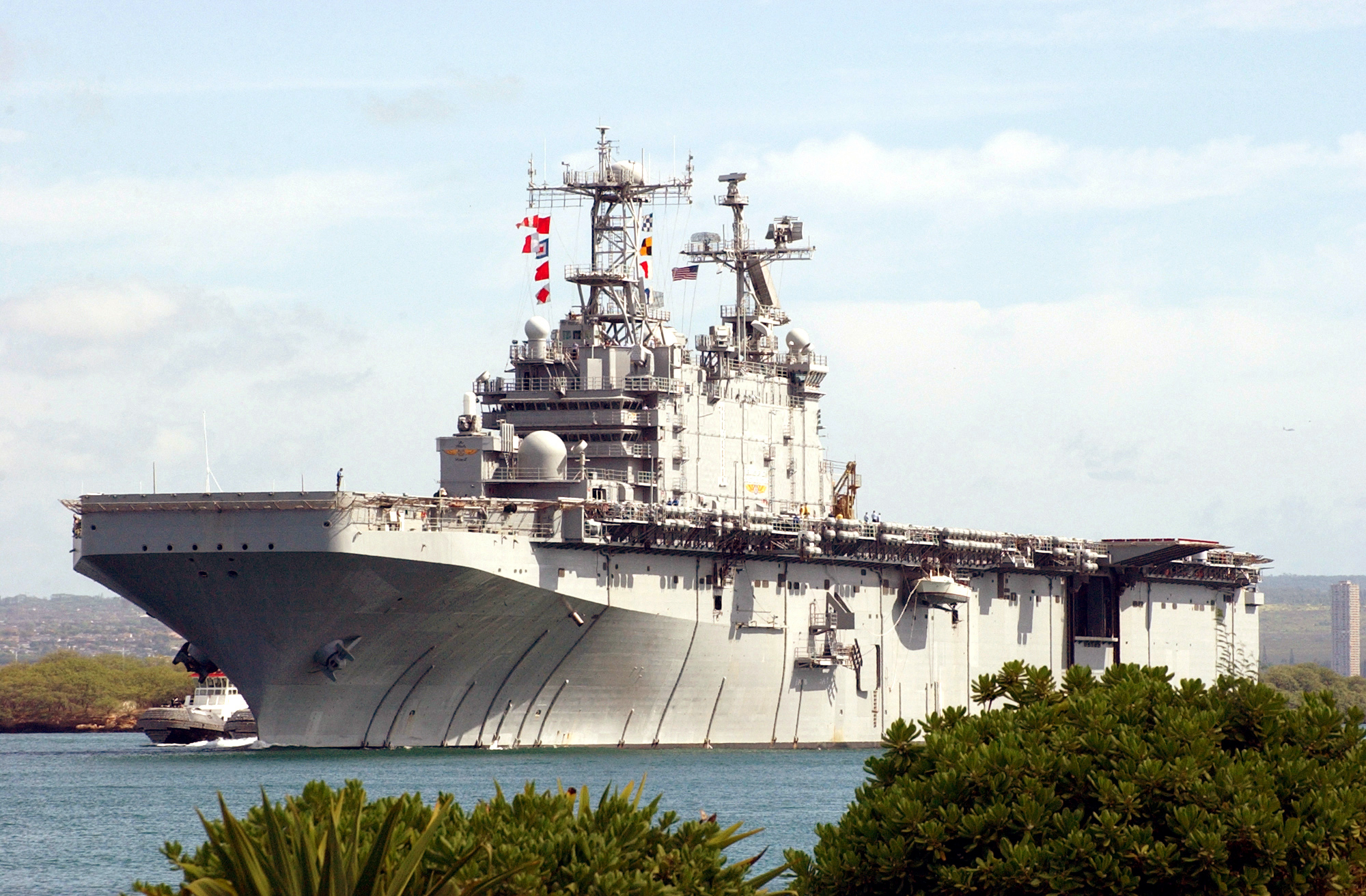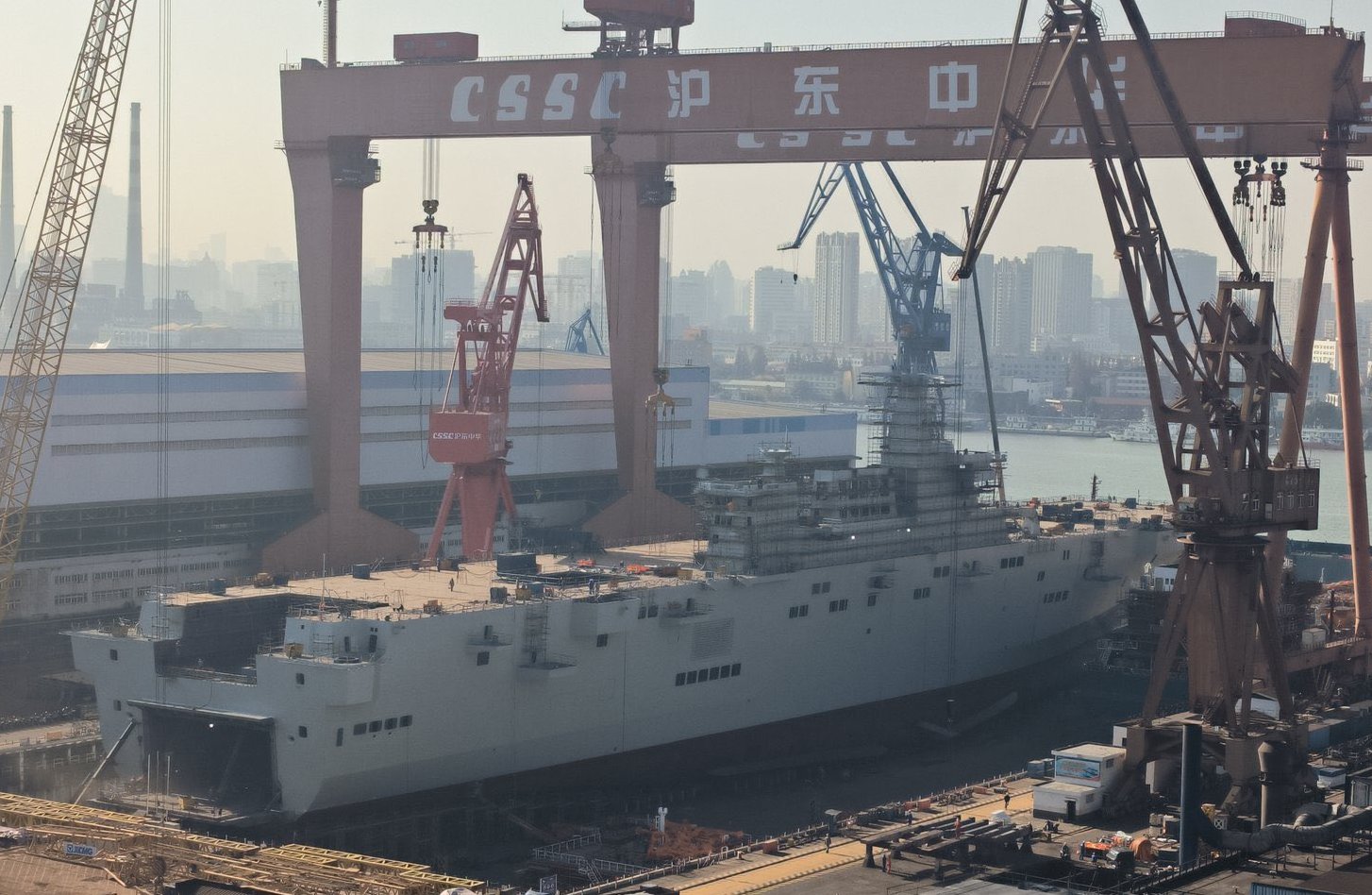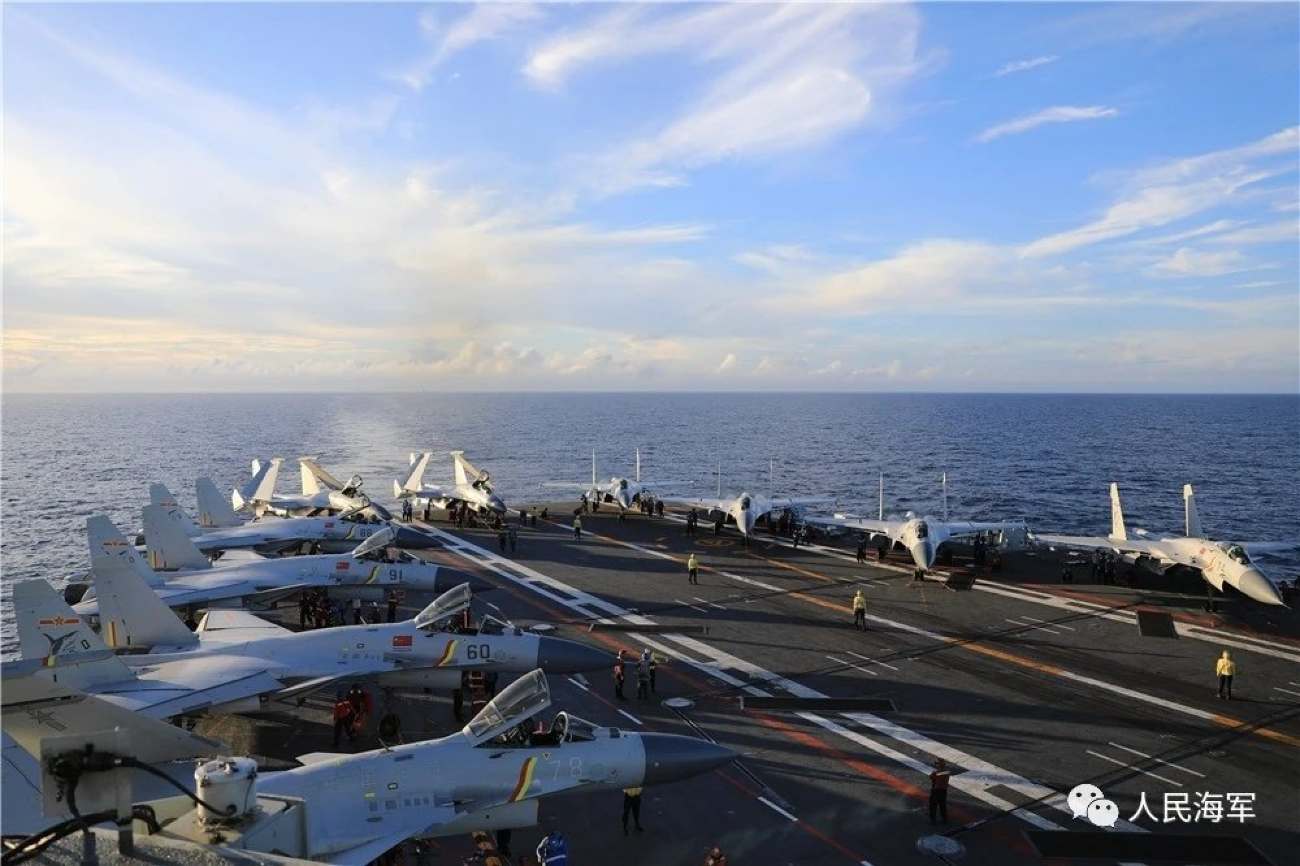The United States military is set to sink a decommissioned warship, ex-USS Tarawa, during the Rim of the Pacific (RIMPAC) exercise 2024 near Hawaii. The exercise started on June 27 and is scheduled to run through the week until August 2.
The planned sinking of the vessel has piqued the interest of US and Chinese analysts.
Chinese state-owned media Global Times published a report emphasizing the assertions made by analysts: the 40,000-ton target ship is being sunk to “show off the capability to destroy a Chinese amphibious assault ship or aircraft carrier amid current tensions in Taiwan Straits and the South China Sea.”
The report, citing Chinese experts, noted that despite intimidation from the West, China would defend its national sovereignty, territorial integrity, and development interests. Such drills would only damage, not protect, peace and stability in the region.
The sinking of the USS Tarawa will be the first amphibious assault ship of any class to be sunk in over a decade since the ex-USS New Orleans was sent to the ocean floor during the RIMPAC 2010. Earlier, the United States sunk a Chinese-origin vessel with the Philippines as part of the Balikatan 2024 drills amid soaring tensions in the South China Sea.

“VOA (Voice of America) said the plan to use the ex-USS Tarawa as a target ship in the RIMPAC 2024 is aimed at countering China’s development of large amphibious assault ships and aircraft carriers, and their potential deployment around the island of Taiwan,” noted the Global Times report.
The United States or its allies have not referred to a Chinese naval vessel while announcing the scheduled sinking of the USS Tarawa as part of the multi-national Pacific drills. The SINKEX (sink exercise) is characteristic of each RIMPAC iteration, showcasing live-fire drills and tactical training.
Former USS Tarawa (LHA-1) was towed to Ford Island two weeks ago to stripped down and prepped for RIMPAC 2024 and to be used as a “live target” off the cost of Oahu this year. Check on her @MarcoNaron @navyboy68 @TrompZrms @Crew_ZrMs_Tromp !! pic.twitter.com/3C8Ivh4wKK
— Stiofán Sopelza (@sopelza) June 9, 2024
However, the exercise is keenly watched amid heightened tensions with China in the Indo-Pacific region. China has vowed to unify Taiwan with the Chinese mainland—with force, if necessary.
The US President has said on more occasions than one that his country’s military would come to Taiwan’s aid in case of a Chinese invasion, triggering alarm about a potential conflict involving the US and its allies in the region. Several military pundits have predicted that an invasion could be launched by 2027.
The Taiwan issue amidst China’s expansion and belligerent attitude in the South China Sea has led to tempers soaring between the two rivals. Both sides have been preparing for a conflict and honing their combat skills, often using drills to simulate an attack on a notional enemy. China, for instance, has made mock-ups of US naval vessels, including the latest Ford aircraft carrier.
US & Allies To Practice Sinking Of Chinese Vessels?
The Chinese People’s Liberation Army Navy (PLAN) has been rapidly expanding its fleet of amphibious assault ships. These could be key targets in future conflicts. The sinking of such large vessels — with thousands of crew members and personnel — will also serve as a stark reminder of the human cost of such conflicts.
The USS Tarawa’s displacement is over 40,000 tons, which, according to analysts, is similar to that of some Chinese ships like the Type 075.
The Global Times report referred to a previous report published by VOA News, which quoted an analyst saying that the sinking of the USS Tarawa was to send a message to China that the US and its allies can easily sink a Type 075 vessel, which is expected to be extensively deployed in a future conflict.
Currently, the PLAN has three Type 075s in service and a fourth under construction. These vessels can carry numerous landing craft, troops, armored vehicles, and helicopters and serve as command centers during assaults. China has already pressed these ships in many high-stakes drills in the region to showcase its maritime capability against adversaries.

China’s Ministry of National Defense spokesman, Senior Colonel Wu Qian, responded to these claims and informed state media that Taiwan was a key part of Chinese territory and that the 1.4 billion Chinese people should manage their internal affairs independently of foreign powers. Wu stated that the US could not possibly scare the Chinese military with these “drills.”
Chinese military expert Fu Qianshao said that the US could rehearse an attack on an aircraft carrier and an assault on an amphibious assault ship by targeting a 40,000-ton-class amphibious assault ship.
For perspective, China has three aircraft carriers: the Liaoning, the Shandong, and the Fujian. Of these, the Liaoning and Shandong are in operation, while the Fujian is currently undergoing sea trials and has yet to join active duty.
The Liaoning aircraft carrier has a maximum displacement of 60,000 tons, the Shandong aircraft carrier has a displacement of 66,000 tons, and the Fujian has a displacement of 80,000 tons. All three aircraft carriers in the PLA Navy are significantly heavier than the 40,000-ton USS Tarawa. However, analysts across the spectrum have observed that it would provide the RIMPAC participants with a fair idea of the sinking of a notional aircraft carrier.

As the report started receiving traction, Chinese observers noted that aircraft carriers and amphibious assault ships were crucial tools in the PLA’s arsenal for resolving the South China Sea issue and the Taiwan dispute. While aircraft carriers can gain air superiority and control of the sea, amphibious assault ships can conduct multidimensional landings on islands and reefs by transporting troops, amphibious armored vehicles, and air-cushioned landing craft.
If they sink the ex-USS Tarawa, the US and its allies will have a unique opportunity to collect information about weapon efficacy and the resistance of large and well-protected warships to different kinds of threats. It is not the first time that a vessel of that class has been sunk in RIMPAC, and it is not likely to be the last.
Although it is not known what weapons will be used for the sinking, RIMPACs have historically featured the demonstration of updated anti-ship weaponry along with constantly changing tactics, techniques, and procedures.
The sinking of the Tarawa at RIMPAC 2024 will also help to highlight the potential vulnerability of large US warships in future conflicts, given China’s development of advanced anti-ship missiles. These missiles pose a significant threat to US Navy vessels in any battle, especially one concerning Taiwan.
- Contact the author at sakshi.tiwari9555 (at) gmail.com
- Follow EurAsian Times on Google News




